Primary lateral sclerosis: can it be completely cured?
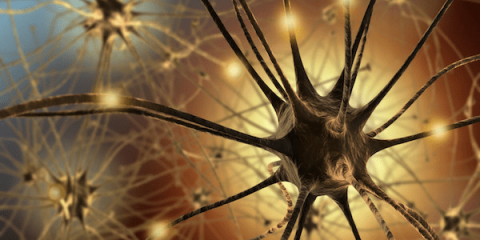
Primary lateral sclerosis is a rare disease that affects motor neurons (motor neurons). What symptoms does this disease cause and is it treatable? Let's answer these questions through the following article of SignsSymptomsList!
content
- 1. What is primary lateral columnar fibrosis?
- 2. What symptoms does PLS cause?
- 3. What causes PLS?
- 4. How dangerous is primary lateral sclerosis?
- 5. What tests should be done to diagnose this disease?
- 6. How is primary lateral column fibrosis treated?
- 7. Doctor's Lifestyle Advice for Patients with PLS
1. What is primary lateral columnar fibrosis?
Primary lateral sclerosis (PLS) is a disease involving motor neurons that causes these cells to gradually lose function. This condition prevents nerve signals from activating motor neurons in the spinal cord that control muscles. As a result, PLS weakens striated muscles (muscles that can be actively controlled) such as those in the legs, arms, or tongue.
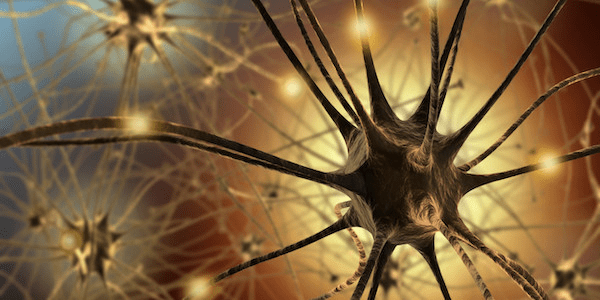
Disease caused by abnormality of lower motor neurons
Primary lateral sclerosis can occur at any age, but is most common between the ages of 40 and 60. A subtype of primary lateral columnar fibrosis is called juvenile primary lateral columnar fibrosis. This form occurs during childhood and is caused by abnormal genes passed down from parents to children.
Primary lateral sclerosis is often confused with another disease also caused by motor neuron abnormalities, amyotrophic lateral sclerosis (ALS). However, primary lateral sclerosis progresses more slowly and is less fatal than ALS.
2. What symptoms does PLS cause?
Symptoms of primary lateral sclerosis, which often develop over many years, include:
- The muscles in the legs become stiff, weak, or spasm. Symptoms usually appear first in one leg.
- Walking is easy to stumble, difficult to keep balance due to weakened leg muscles.
- Weakness and stiffness gradually progressing to the trunk, then the arms, hands, tongue and jaw
- Hoarseness, slurred speech, slurred speech and drooling due to weakened facial muscles
- Difficulty swallowing and in the late stages will appear difficulty breathing

PLS causes muscle weakness or stiffness, usually in the lower extremities first
In rare cases, symptoms such as stiffness and muscle weakness appear first in the tongue or hands, then progress down to the spinal cord and legs.
3. What causes PLS?
In primary lateral sclerosis, the nerve cells that control movement (motor neurons) in the brain die over time. Loss of these cells causes motor symptoms, such as slow movements, loss of balance, and clumsiness.
Primary lateral column fibrosis in adults
The cause of PLS in adults is still unknown. In most cases, the cause is not genetic. Scientists still don't know why or how the disease occurs in adults.
Juvenile primary lateral sclerosis
In adolescence, PLS originates from mutations in the ALS2 gene. Researchers still don't know exactly how mutations in this gene cause the disease. Studies to date show that the ALS2 gene contributes to the production of a protein called alsin that is present inside motor neurons. When this gene is mutated, the alsin protein becomes less stable and doesn't function properly, causing muscle dysfunction.
Juvenile primary lateral sclerosis is an autosomal recessive genetic disease. This trait means that both parents must carry the gene in order for their children to have the chance of having the disease. Because it is a recessive gene, it is possible that both parents do not manifest the disease outside.
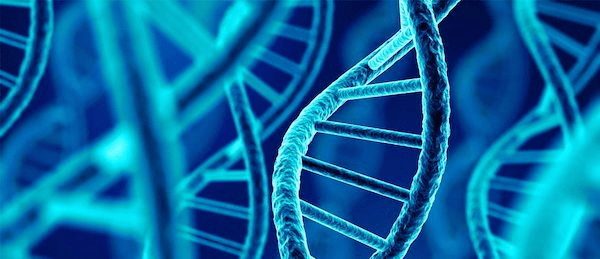
Adolescent PLS due to mutations in the ALS2 . gene
4. How dangerous is primary lateral sclerosis?
The average time to progression of PLS is about 20 years. However, the degree of impact of this disease varies from person to person. Some people are even able to walk while others end up using a wheelchair or assistive device.
PLS in adults does not affect life expectancy, but it greatly reduces quality of life. As the disease progresses, the muscles become weaker and weaker which can cause falls, injury and even disability.
5. What tests should be done to diagnose this disease?
No single test is sufficient to confirm the diagnosis of PLS. In fact, the disease shares many of its symptoms with other neurological diseases such as multiple sclerosis (MS) or amyotrophic lateral sclerosis (ALS). Therefore, the doctor will order some tests to rule out diseases with similar symptoms.
After taking your medical history, family history, physical exam, and neurological exam, your doctor may do the following tests:
Blood tests and imaging
- Blood tests look to see if the patient has an infection that is causing the muscle weakness.
- An MRI of the brain or spine helps to look for signs of nerve cell degeneration. In addition, an MRI can also help doctors look for other possible causes of muscle weakness, such as multiple sclerosis or a tumor in the spinal cord.
Electromyography (EMG) and nerve conduction measurement (NCS)
- In electromyography, the doctor inserts an electrode needle through the skin into different muscles. EMG helps to assess the electrical activity of muscles in contraction and rest states. This test can also assess lower motor neuron activity, helping to differentiate PLS from ALS.
- Nerve conduction measurement (NCS) uses a low-voltage electrical current to measure the ability of nerves to conduction to muscles in the body. The purpose of the NCS is to determine if any nerves are damaged.
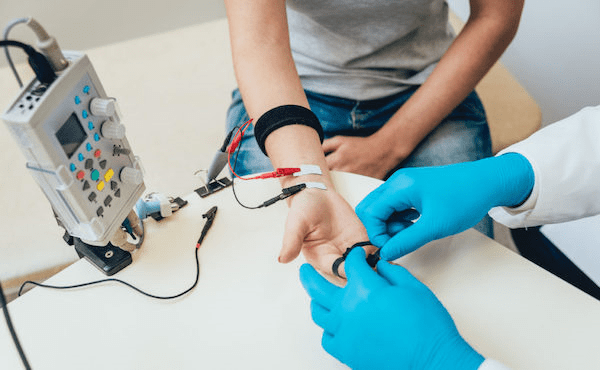
Electromyography helps differentiate PLS and ALS
Cerebrospinal fluid puncture
The doctor inserts a needle between the two lumbar vertebrae and collects a small amount of cerebrospinal fluid (the fluid that surrounds the brain and spinal cord). This fluid test helps your doctor rule out multiple sclerosis, infections, and other conditions.
In some cases, it takes three to four years for a definitive diagnosis to be made. This is because the early stages of ALS mimic PLS. The doctor will ask the patient to return for an electromyography test over the next 3-4 years to confirm the diagnosis.
6. How is primary lateral column fibrosis treated?
There is currently no treatment that can stop PLS from progressing or reverse its course. Treatment to relieve symptoms includes:
- Medications: Your doctor may prescribe oral medications such as baclofen, tizanidine or clonazepam to reduce muscle spasms. If these oral medications cannot control muscle contractions, your doctor will recommend surgically implanting a medication pump to deliver baclofen directly into the cerebrospinal fluid. If the patient is depressed, the doctor may prescribe an antidepressant. Amitriptyline and certain other medications can help reduce drooling symptoms.
- Physical therapy: Stretching and strengthening exercises have many benefits. These exercises help maintain muscle strength, flexibility, and range of motion. Preventing stiffness is also a benefit of physical therapy. In addition, using a heat pad can help relieve symptoms of muscle pain.
>> Learn more Physiotherapy: A non-drug treatment for back pain
- Speech therapy: If PLS affects facial muscles causing hoarseness, slurred speech or stuttering; Speech therapy can improve these problems.
- Using assistive devices: Your doctor and physical therapists will consider whether you need assistive devices such as a cane, walker or wheelchair as your condition progresses.
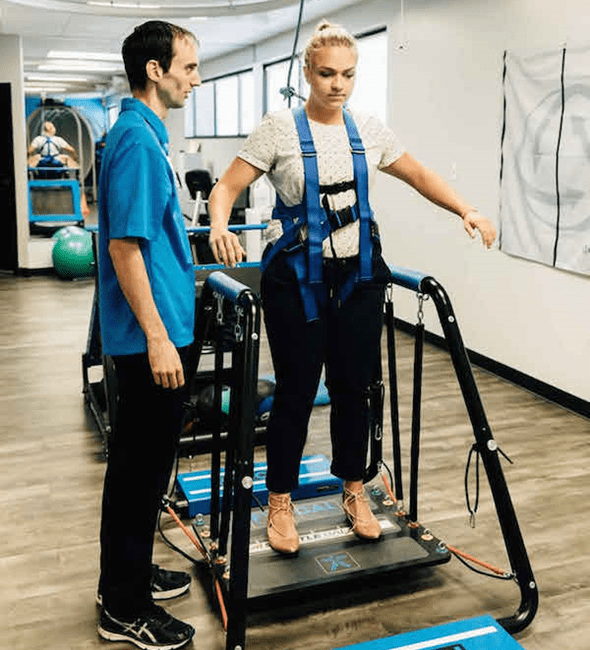
Physical therapy helps preserve muscle strength
7. Doctor's Lifestyle Advice for Patients with PLS
Patients with PLS will have periods of feeling down and depressed. Coping with an incurable and progressive disease is not a small challenge for the patient. Patients can do the following to minimize the effects of the disease:
- Seek emotional support: Family and friends can be a great source of comfort and support when a person is struggling with the emotions brought on by the illness. Alternatively, patients can seek out PLS support groups to learn from others how to cope with the illness.
- Seek help from medical professionals: For example, when suffering from depression or needing advice on treatment, patients can go to a doctor instead of confronting them alone.
- Make use of available resources: If PLS makes daily activities difficult, the person can ask their doctor about assistive devices. In addition, there are many social services for people with disabilities. Try to find all available resources.
Ending
Primary lateral sclerosis causes progressive symptoms over many years and cannot be definitively treated. The disease affects many aspects of life, both physically and mentally. However, treatment can help relieve symptoms and preserve function. Therefore, if you have symptoms such as muscle weakness, difficulty swallowing for a long time, you should see a doctor for evaluation and appropriate treatment. Hope the above article of SignsSymptomsList has helped you get the necessary information about primary lateral columnar fibrosis.
Doctor Nguyen Van Huan